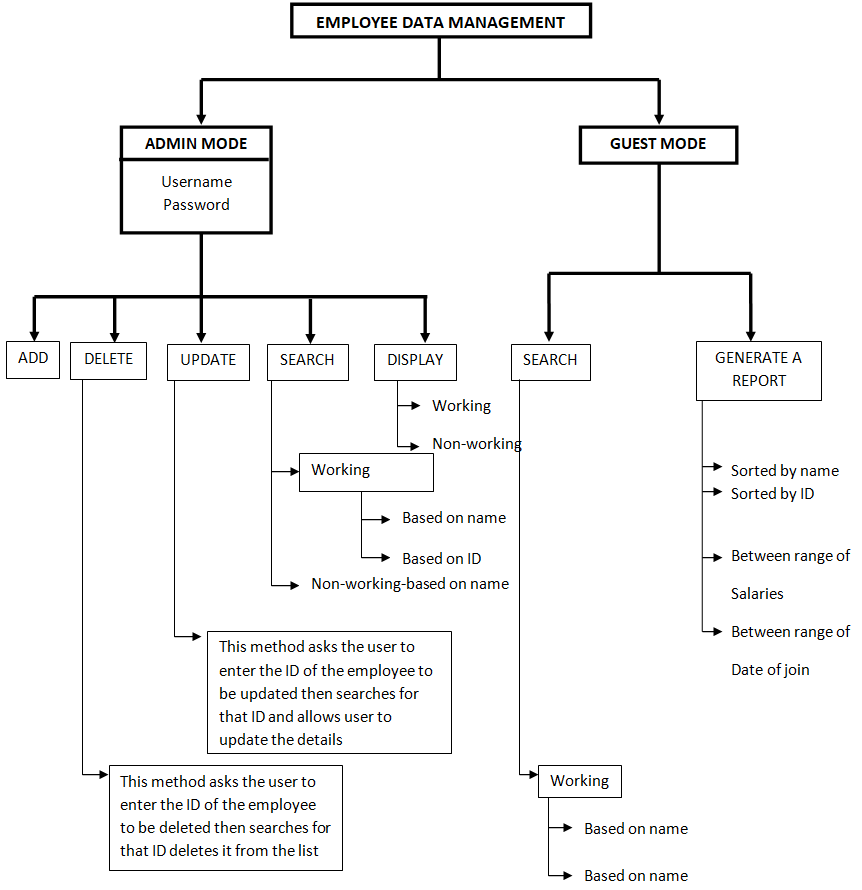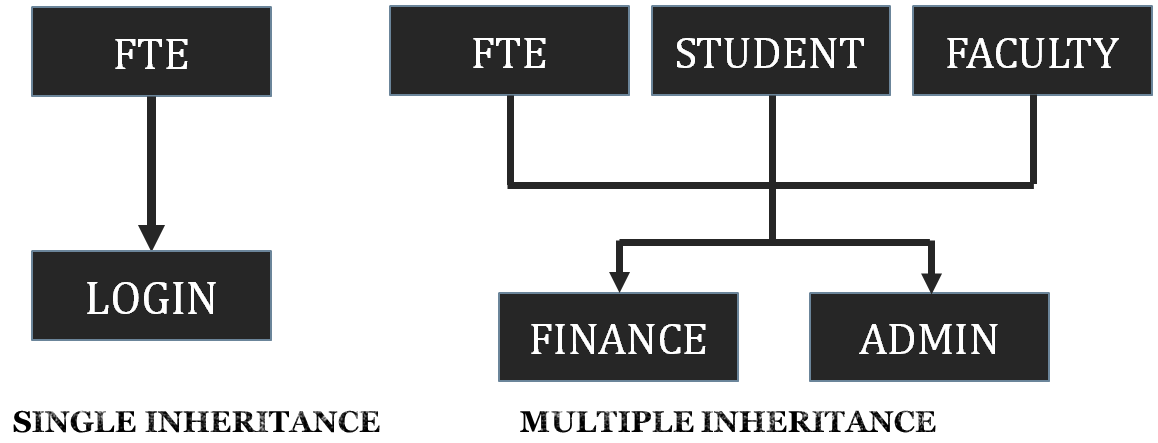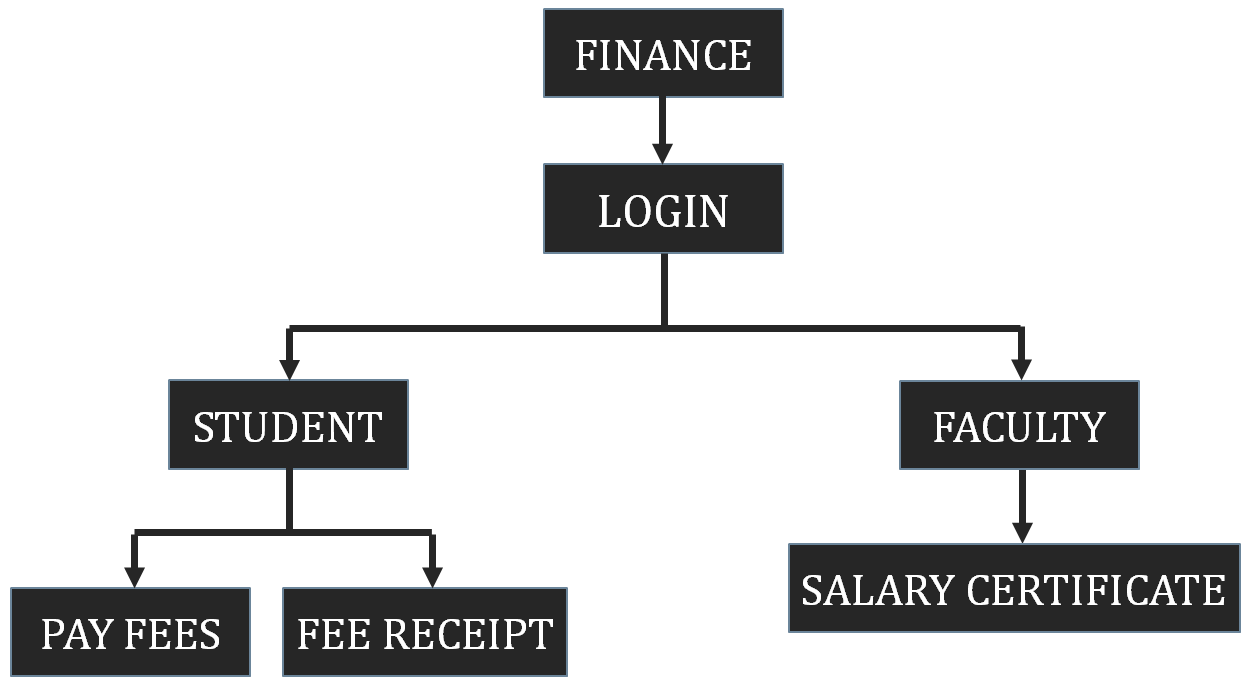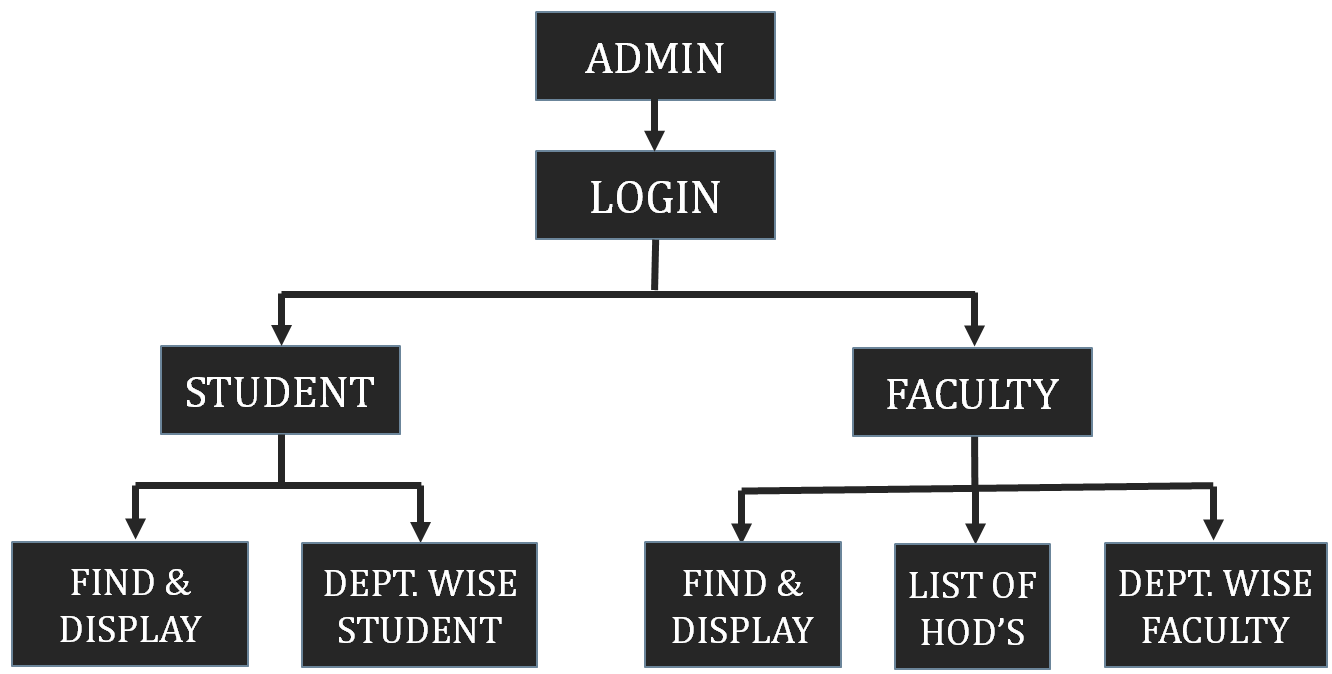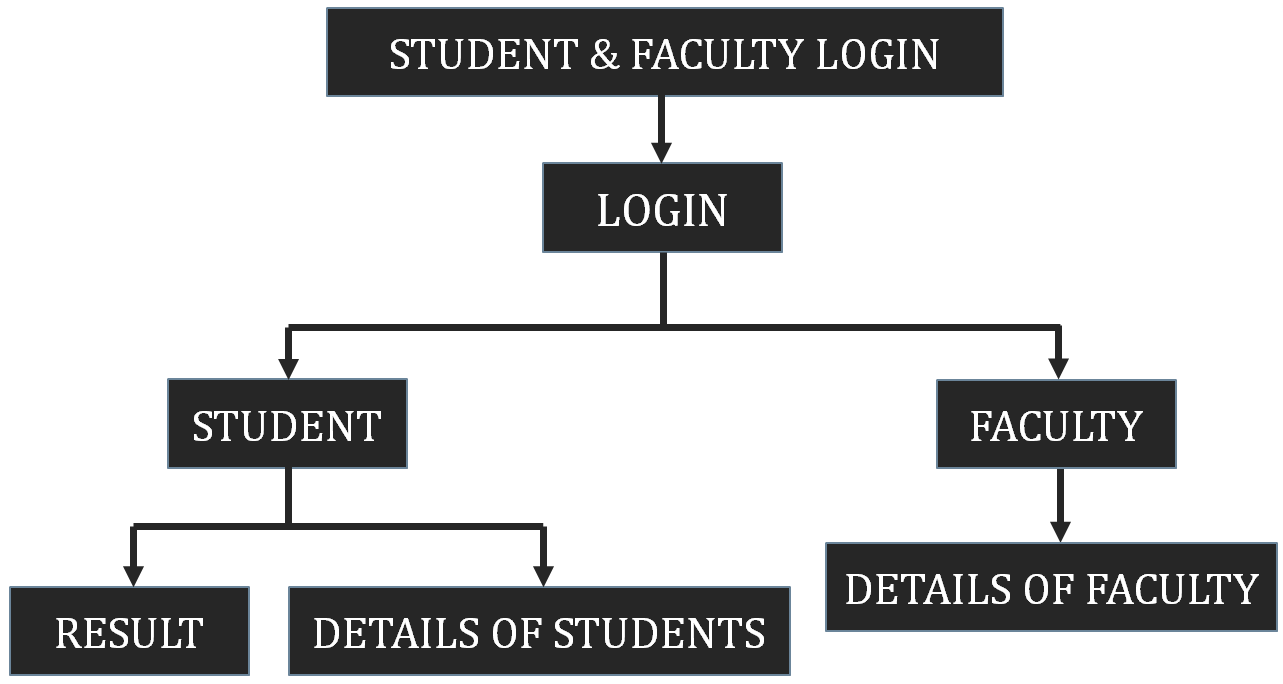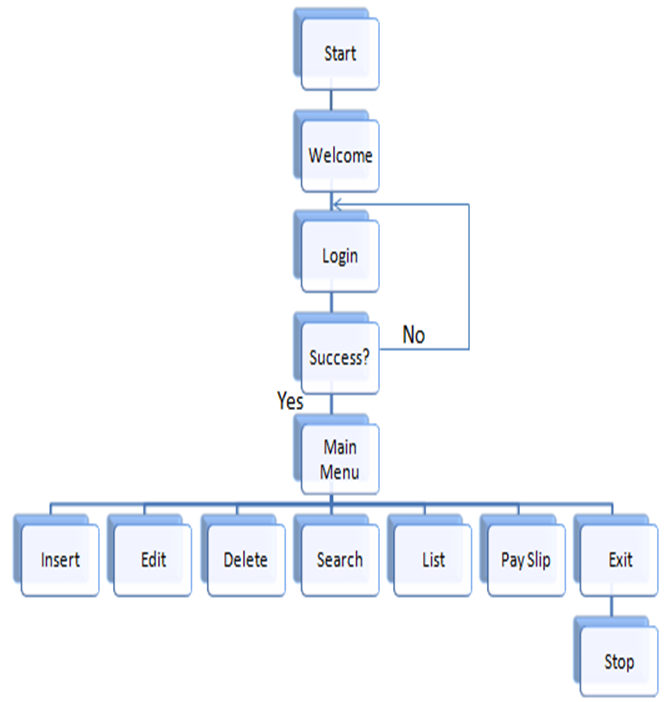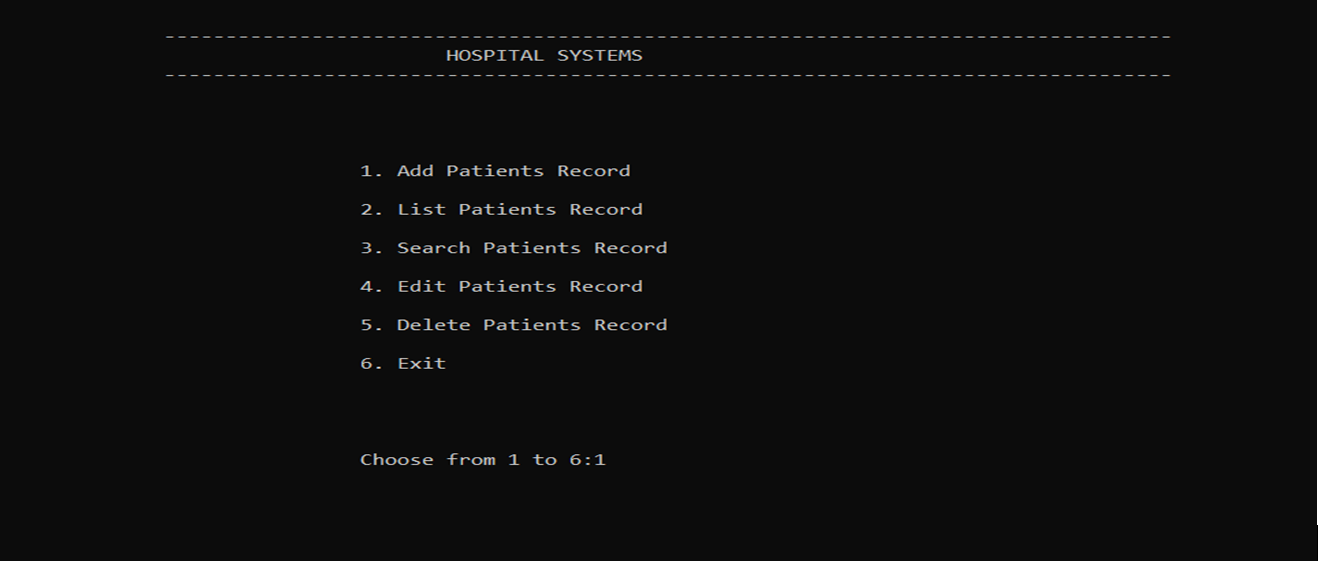SIMPLE HOSPITAL MANAGEMENT SYSTEM IN C
A health information system (HIS) is a robust, interactive information system designed to manage the operations of healthcare facilities (Hospitals). HIS, like any other integrated framework, takes time to develop, necessitates specialized technical expertise for software development, and, most importantly, costs money to develop, install, support, and update.
A general block diagram of the SIMPLE HOSPITAL MANAGEMENT SYSTEM is shown in the figure:
ADVANTAGES
1. The Hospital Information System aids in the maintenance of a completely secure database of patient and business data. You can have access to this information at any time.
2. A hospital information system improves healthcare delivery by giving medical staff easier data access, quicker data retrieval, higher-quality data, and greater data display flexibility.
3. .Hospital Information Systems aid in increasing quality, both in terms of cost and clinical treatment. Duplications, repetitions, gaps, incomplete information, and confusion are all avoided.
4. Hospital Information System helps to force orderliness and standardization of the patient records and procedures in the clinic and increase the accuracy & completeness of medical records of Patients.
5. A good managerial tool is a hospital information system that provides total, cost-effective access to full and more reliable patient care data in order to improve efficiency and functions. Hospital Information System helps in gathering information to meet management challenges.
INFORMATION ON HOSPITAL MANAGEMENT SYSTEM:
Structuring Medical Records to carry out functions like admissions, discharge, treatment history, etc:
Patient Registration: This function of Hospital Management Information System deals with registering the new Patient either for OPD or IPD and giving a unique Identification Number to the Patient. This number is unique throughout the System for identifying the patient. All the medical records of the patient are identified by a combination of numbers i.e. Patient ID and OPD/IPD ID. The numbers give flexible search in terms of finding patient History records.
OPD / IPD Investigation Cases: This Module of the Hospital Management System deals with all kinds of Investigations suggested by Doctors. The function enables the entry of Investigations /Procedures for a particular patient. The entered investigations are rooted through the Billing/Cash office and once the patient pays for the Investigations the entries of the same go to the respective Diagnostics Center.
IPD ADMISSION AND WARD ALLOCATION: This function of Patient IPD Admission gives the facility to process patient admission and allocate Beds to patients. The system identifies the patient as a new IPD patient or internal referred from hospital OPD/CMO. This function gives information on vacant beds in a Hospital. Occupancy status in that particular position can be found out while allocating the Bed. The main function of Patient Admission facilitates admitting the patient according to requirements, considering the type of admission and the patient’s condition.
PATIENT SHIFTING: This function of the Hospital Management System facilitates shifting patients from one Room to other inside the Hospital. With this facility, patients’ actual positions can be updated online so that internal functions such as Billing, Investigations, and Surgery are planned. The position of the patient is very important since all the charges like Surgery. Procedures, Investigations are related to Room Category.
DEPOSITS, ADVANCES, REFUNDS, DISCOUNTS, AND CONCESSIONS:
This function of the Hospital Management System facilitates all kinds of financial transactions from the patient. Function plays a vital role in payment recovery from patients from time to time during the stay. The Advances from the patient depend on the Type of Admission and the Patient category is prompted by the System. The Interim Bill vs. Advances ratio is also maintained to carry out recovery planning. Advances and deposits accepted by the Billing/Cash counter are directly posted into Accounts. Refund cases are considered for excess Advances from the Patient.
The Account officially authorizes this transaction and then the refund is processed. In case of the Company category patient, the ration analysis between Interim Bill and the Authority letter amount by the company is compared for further action. If the patient is to be given Discounts then the authorized person authorizes the Amount and the discount is processed. The discount categories are flexible and can be changed by the administrator. This facilitates an easy way to keep track of the discounts and concessions.
Following are the main reports/outputs generated by the Hospital Information system:
Patient List – Admitted / Discharged. This report gives information on admitted/discharged patients during certain time periods. This facilitates management to know the Admission vs. Discharges ratio.
Bed occupancy Reports. This report gives information on Bed Occupancy at any given time room category-wise.
Ward Allocation Reports. This report gives allocated rooms report for tracking of patients.
Interim Bill v/s Advance Report. This report gives the ration of Interim Bills vs. Advances paid by the patient with the percentage of payment.
Admission / Discharge Register. The admission and Discharge register is maintained by the system. This report gives details of patient Admission and discharges during a specific period.
Consultant-wise patients This report gives Doctor wise patients at any point in time to know referring or In-charge doctor.
Appointment List
The appointments for consultants are maintained on the system.
Performed operation list.
Patient follow-up report.
DIAGNOSTIC CENTRES
This module enables getting patient investigation, and procedure records from different locations i.e. IPD, OPD, and Casualty.
https://github.com/259085AayushiiG/MinorProject

